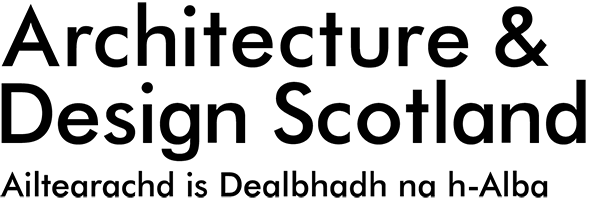What is Place?
A place can be easily understood as the interaction between the physical and social environment. It connects our environments with the people who use them to establish how harmoniously a place works together.
Prioritising the changes needed to create the right places for your communities can be a challenge if you don’t know where to start. To help you with this, we’ve collaborated with Public Health Scotland, the Scottish Government, Glasgow City Council and the Improvement Service to develop the Place Standard tool.
"A place-based approach is about understanding the issues, interconnections and relationships in a place and coordinating action and investment to improve the quality of life for that community."
Ourplace.Scot
What is the Place Standard tool?
The Place Standard is an easy to use tool to evaluate a place. It’s a tool that can enable you to structure conversations around the many physical and social aspects that come together to make a place—from pinpointing assets to areas of improvement.
Join the Place and Wellbeing Network
The Place and Wellbeing Network is a forum for those interested in the importance of place as a working approach to delivering national outcomes around improved wellbeing and inclusive growth. You can access this network by signing up to the Knowledge Hub.
Applying the Place Standard tool to Scotland’s places
The Place Standard tool is available for everyone to use. Whether you’re a community member or a professional and local authority or organisation, the tool enables us to work together using a shared approach.
We’ve collected a series of case studies that display real-life examples of the tool in action, used across cities, towns, neighbourhoods, and rural and island settings.
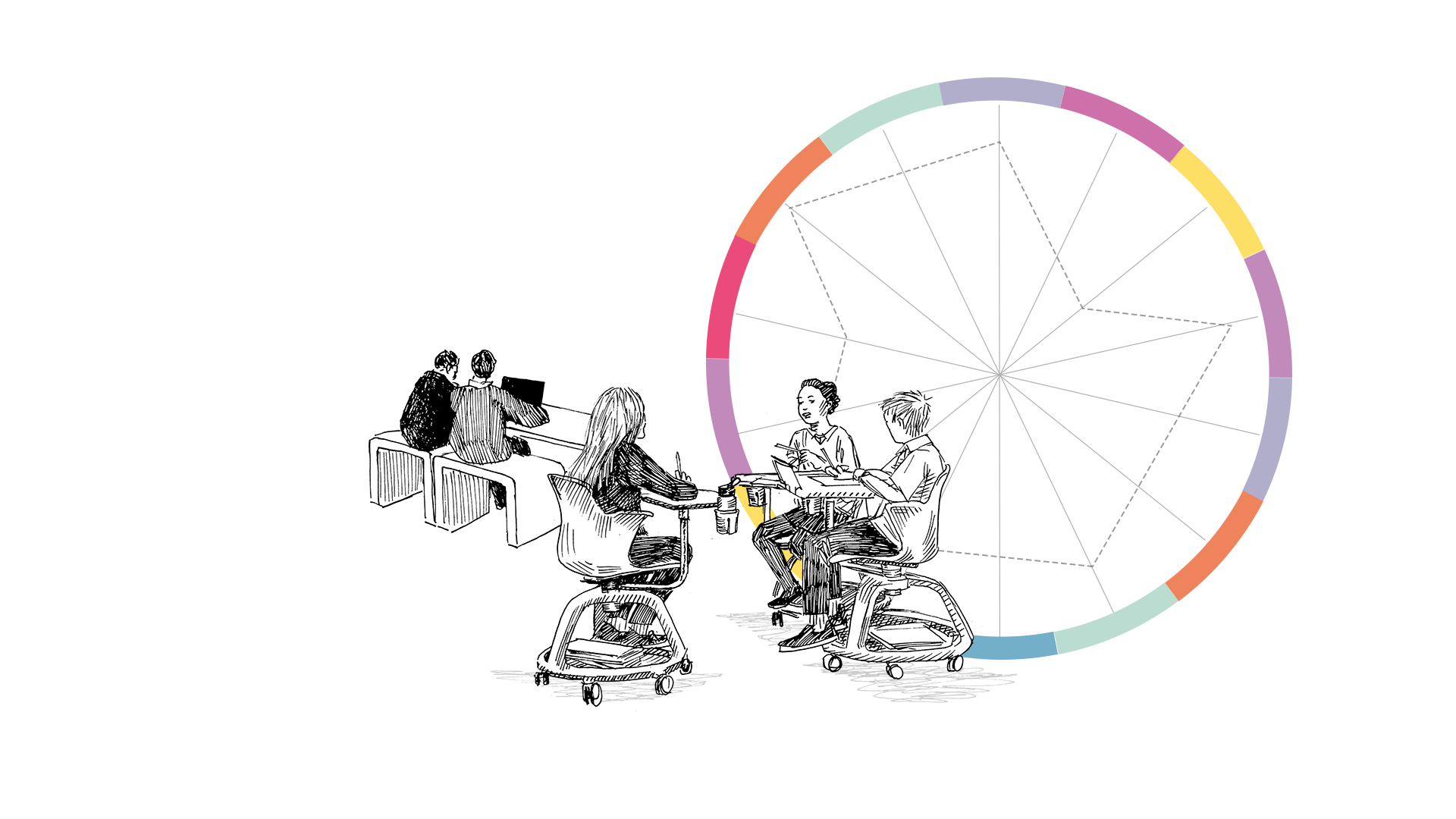
Developers and investors
Discover how developers and investors have used the Place Standard tool in their work; whether assessing the suitability of sites for investment, testing local needs to inform design and masterplanning, or engaging communities and end users during the planning process.
"The tool helps to inform our design development brief for each new project, with the aim of producing a benchmark ‘vision’ of the place we are trying to create."
Jonathan Wisely, Development Lead/Architect, Scotia Homes
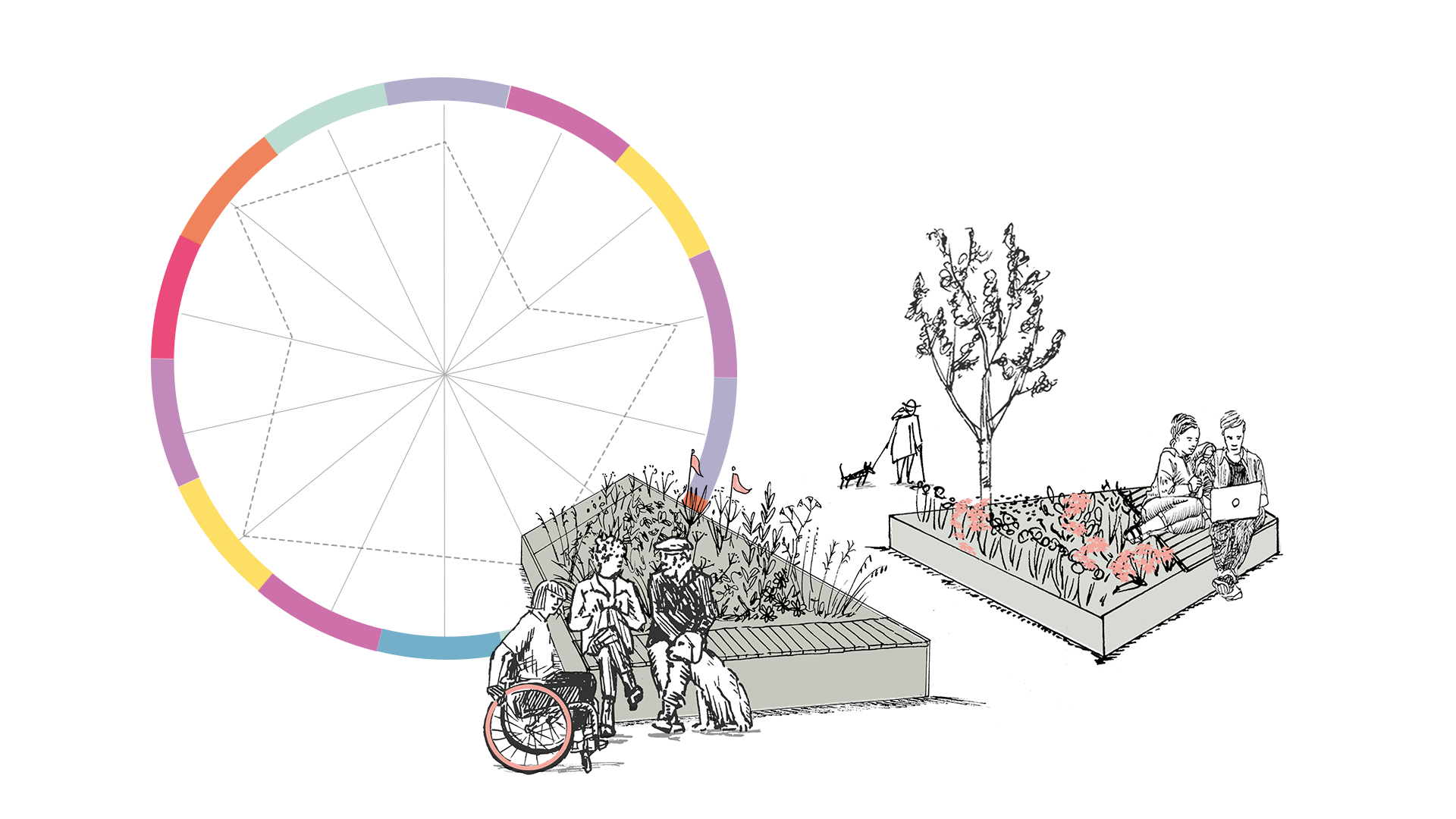
Communities in action
Read about how community organisations have used the Place Standard tool to define changes they need, to inform design and regeneration, to engage with planning authorities, to underpin local place plans and attract funding.
"People have taken the idea on board and like the format of the Place Standard tool. Covering such a wide range of topics means that nobody’s personal priority is missed out. But it also ensures that everyone is heard."
Ian Bruce, Vice Chair, Portlethen Community Council
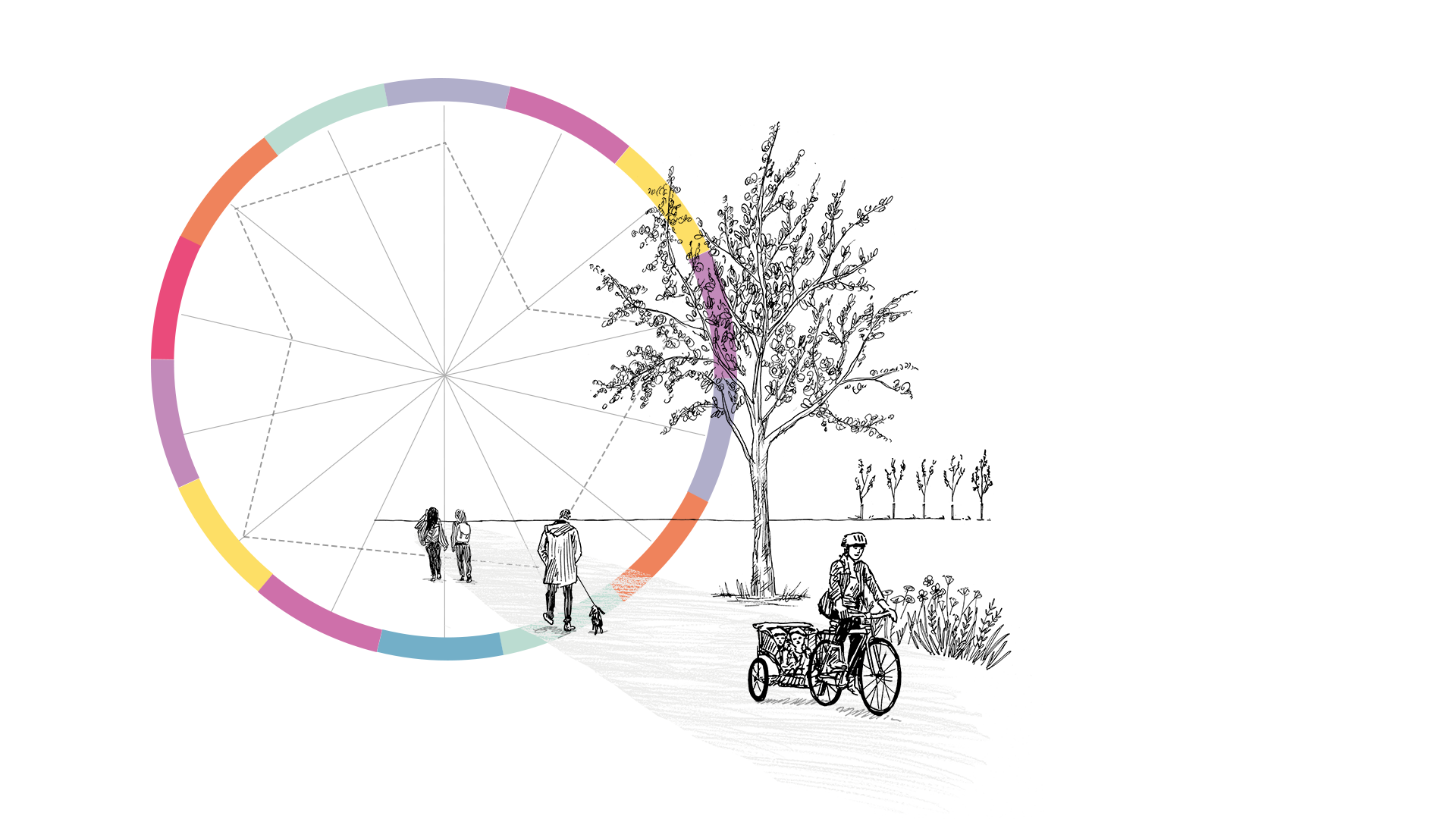
Designing and improving neighbourhoods
Explore how local authorities and community organisations have used the Place Standard tool to better define local needs and to foster collaboration between communities and professional groups involved in neighbourhood planning, design and local improvement.
“A great way of engaging with local communities that produces a rounded picture of what it’s like to live there. With it being easy to understand, it also offers a very effective way of successfully engaging young people with the planning process – a demographic we might otherwise find hard to reach.”
Will Garrett, Spatial Policy Manager, City of Edinburgh Council
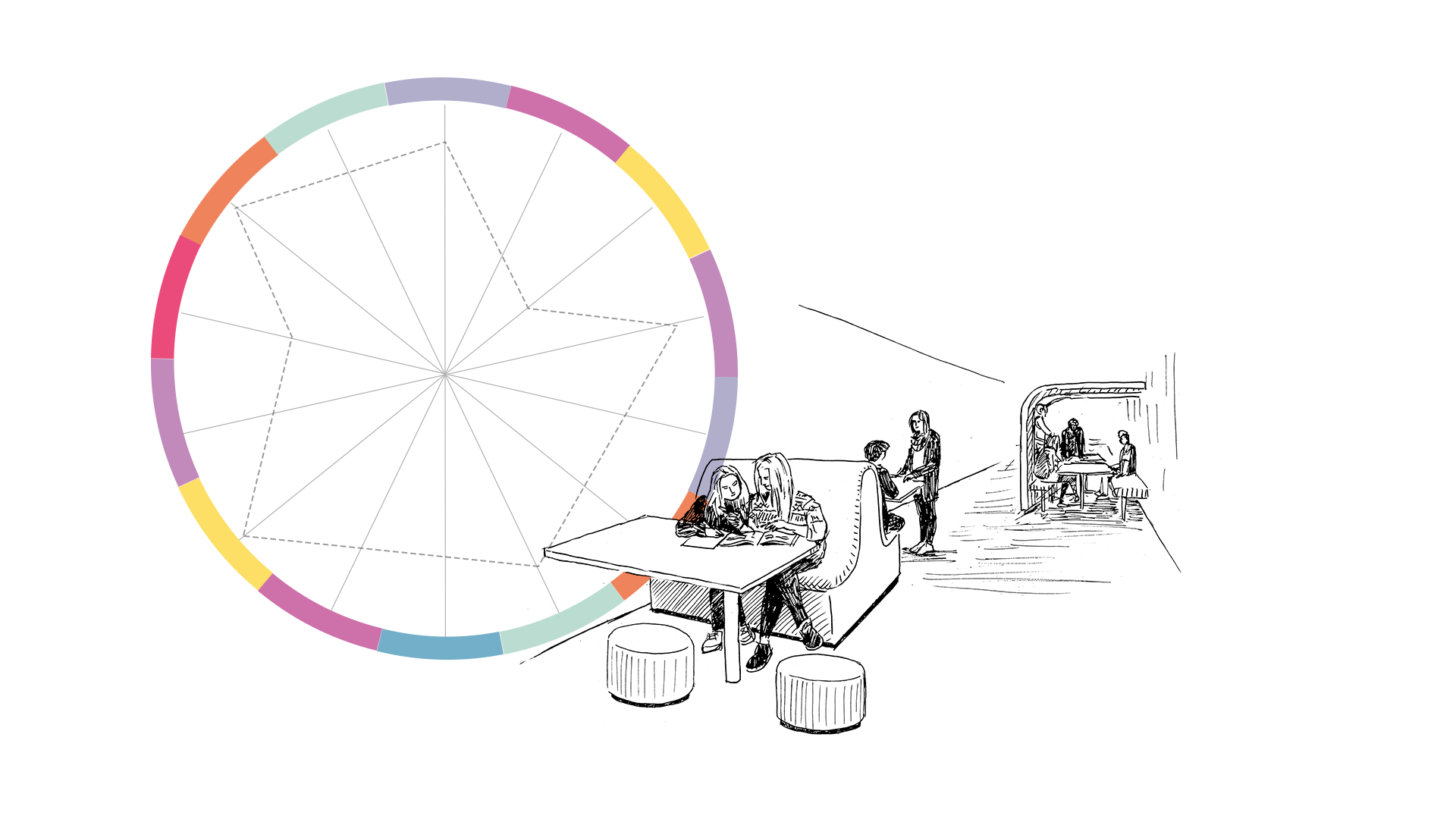
Planning community services
Learn how local authorities have used the Place Standard tool to inform Locality Planning and Local Outcome Improvement Plans when planning local services within priority communities and across entire local authority areas.
"The tool was used to survey ‘how a community felt about its place’. The process was intended to facilitate place-based actions as required in national policy."
Samantha Somers, Community Planning Officer at Argyll and Bute Council
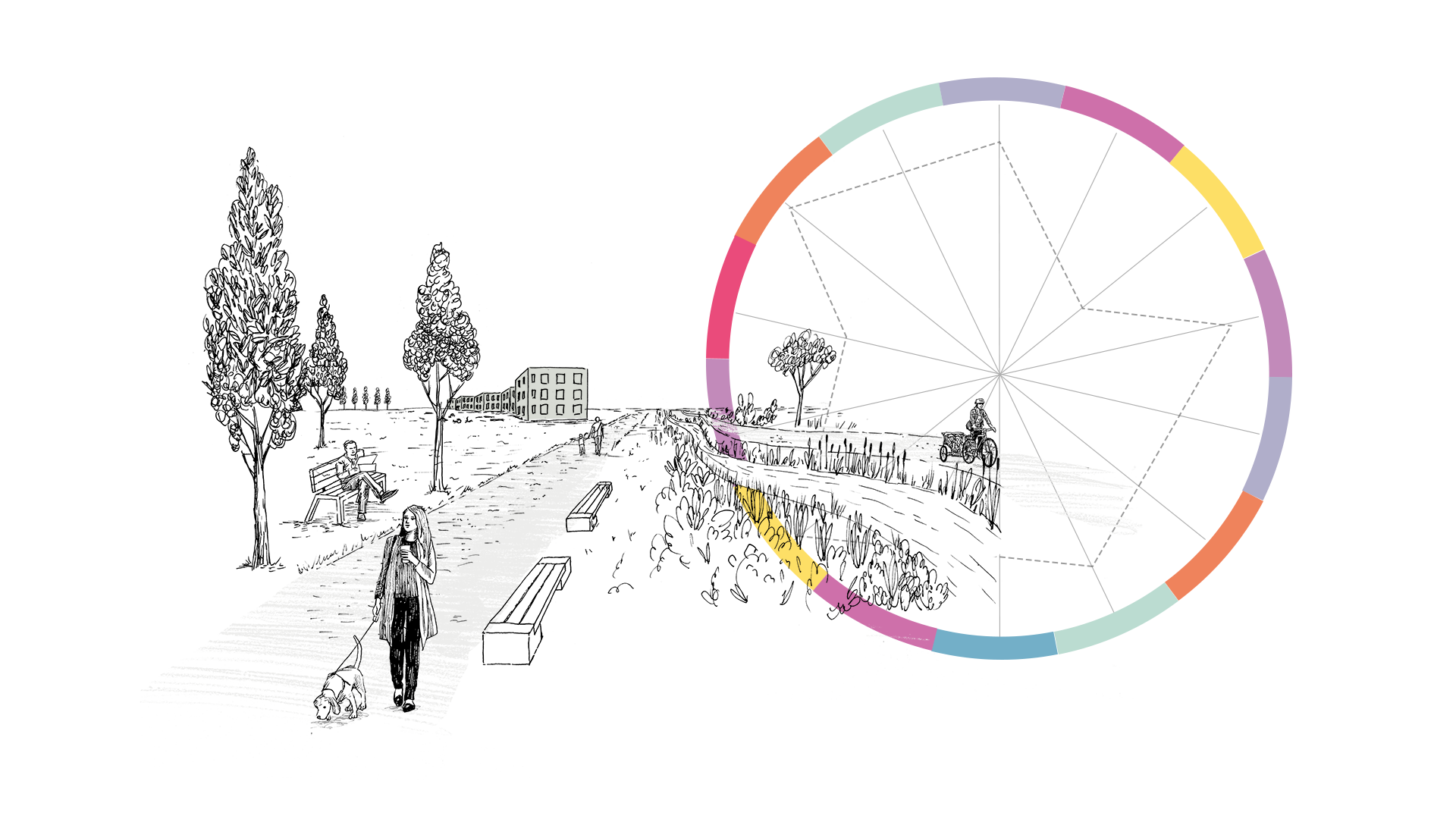
Development planning at a strategic scale
Find out how local authorities have used the Place Standard tool at a strategic scale to engage communities and provide qualitative evidence during the evolution of development plan, housing, transportation, economic development and other policy areas.
“Mindful of the need not to overburden the population with too many consultation exercises, the breadth of the Place Standard approach is especially valuable due to the range of information it produces. This makes the Place Standard directly relevant to a wide range of services across the public, private, community and voluntary sectors.”
Iain McDiarmaid, Executive Manager – Planning
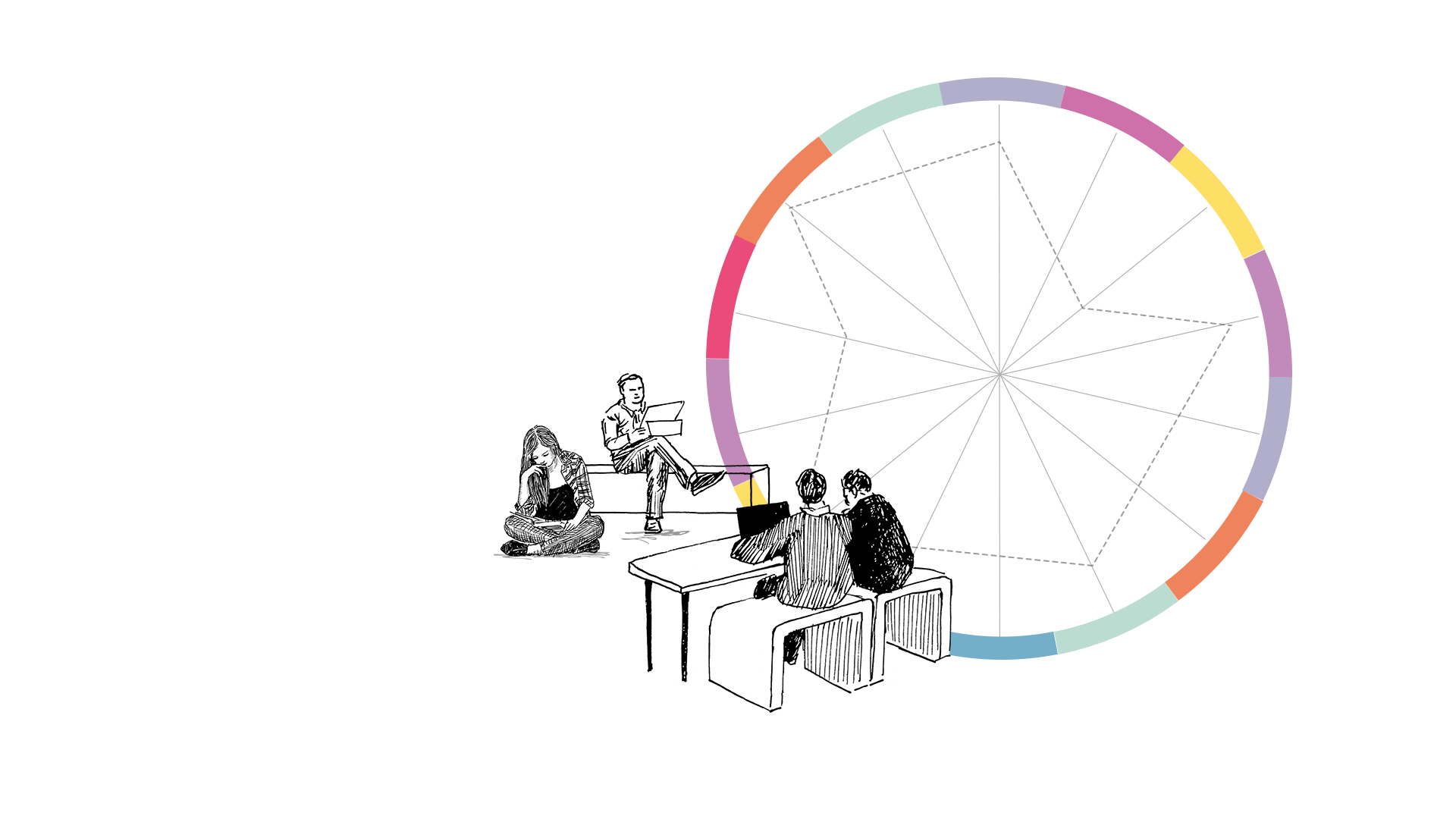
Research and learning from experience
Discover how the Place Standard tool has been used to support the evaluation and sharing of learning following completed regeneration investments, demonstrating the wider improvement and educational benefits of post-occupancy evaluation.
"Overall, participants found that the tool provided a platform for dialogue about what could change and how the regeneration process could be improved."
Cat Tabbner, Community Engagement and Empowerment Manager, Glasgow Centre for Population Health
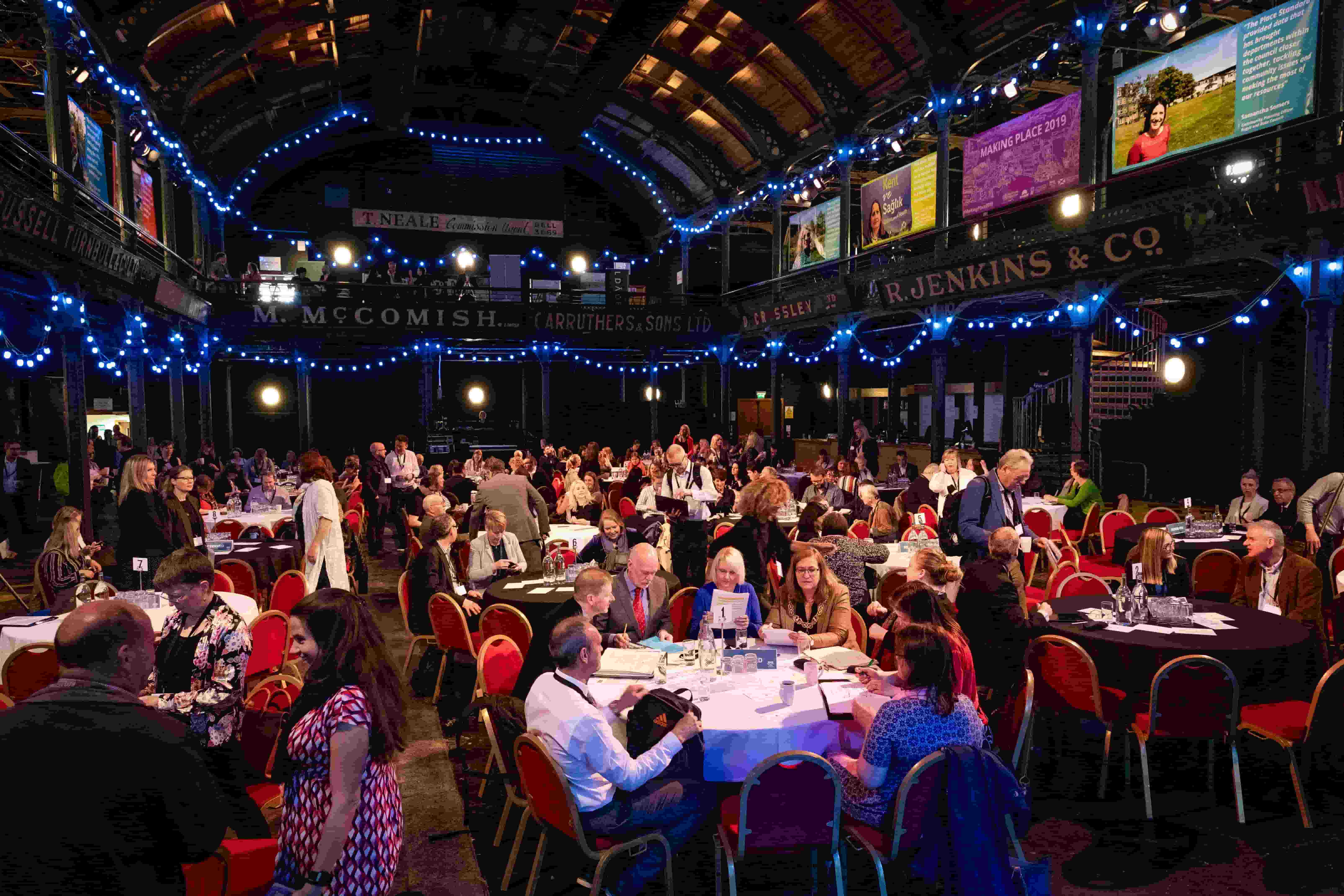
Making Place 2019
We interviewed attendees at the Making Place Conference 2019 to see the international spread of the Place Standard tool. Watch these videos to find out what people had to say about their experiences of using the Place Standard tool in Scotland and across European Cities.
Image credit: Jason Kimmings
Making the Place Principle an everyday reality
For social, environmental and economic sustainability, whether for improved transport, amenities, services, public health or housing, the Place Principle encourages communities and professional groups to work collaboratively to plan our places together. By applying the Place Standard tool towards creating, adapting and sustaining our places, we can establish the Place Principle as the ‘new normal’ throughout Scotland.
